As a runner, you might often find yourself asking, “How many miles can I run on my shoes before they wear out?” This question doesn’t just impact your performance; it also affects your comfort and safety while running. In this comprehensive guide, we will explore the lifespan of running shoes, share real-world experiences and case studies, provide tips for maintenance, and answer some frequently asked questions. So, lace up your sneakers, and let’s get started!
Understanding Running Shoe Lifespan
Generally, the average lifespan of running shoes is between 300 to 500 miles. However, there are several factors that can influence how long your shoes remain effective and comfortable. These include your running style, weight, terrain, and shoe type.
Factors Affecting Shoe Lifespan
Your Running Style
Your individual running mechanics play a crucial role in the wear and tear of your shoes. For instance, overpronators (those whose feet roll inward excessively) might find that their shoes wear out faster than neutral runners. Similarly, heel strikers may notice that the heel cushioning wears down more quickly compared to forefoot strikers.
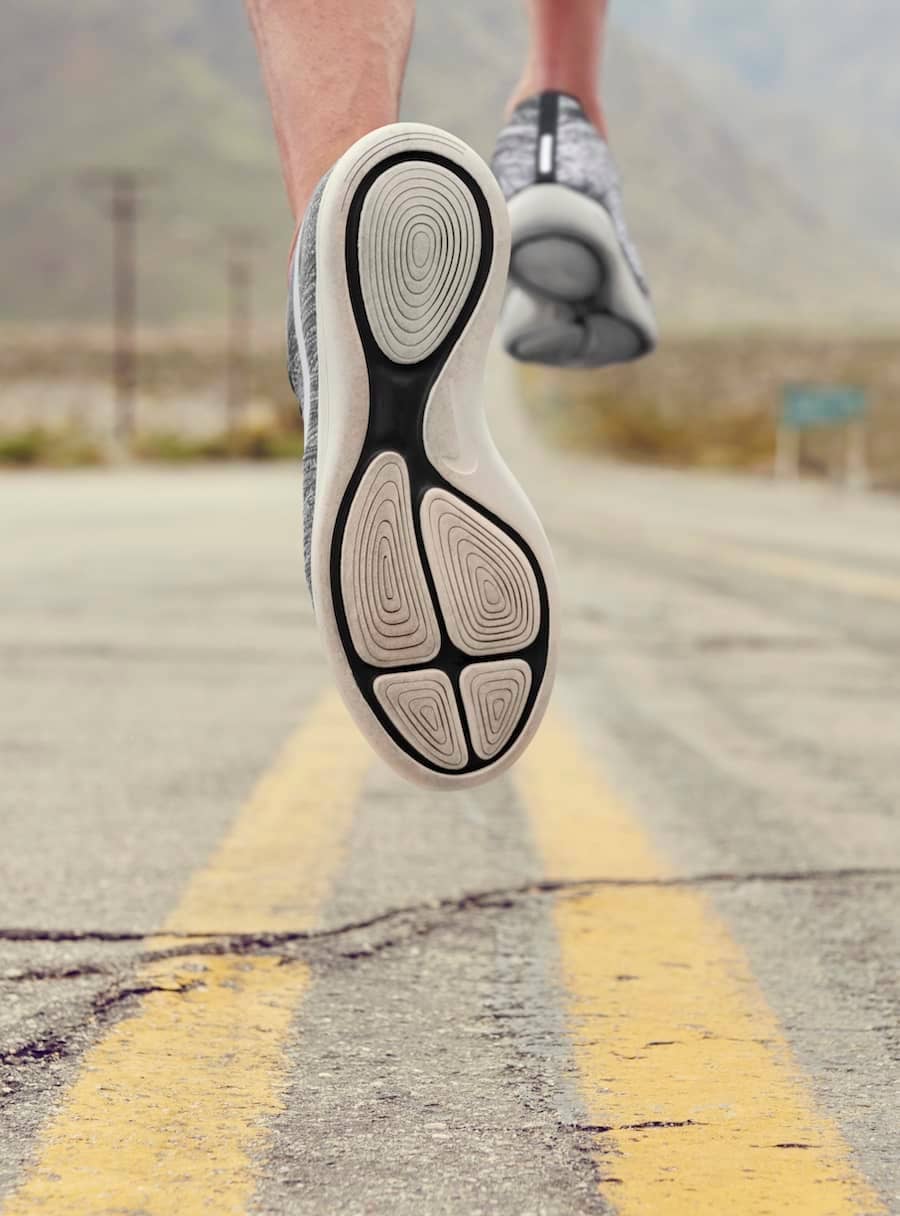
Weight Considerations
Heavier runners may experience more rapid depreciation in their shoes due to the increased impact force during running. If you’re on the heavier side, consider replacing your shoes more frequently, possibly every 300 miles, to maintain optimal performance.
Terrain and Surface
The type of surface you run on can also impact how long your shoes last. Running on rough trails might lead to quicker degradation compared to running on smooth pavement. If you frequently alternate between different terrains, you may need to adjust your shoe rotation accordingly.
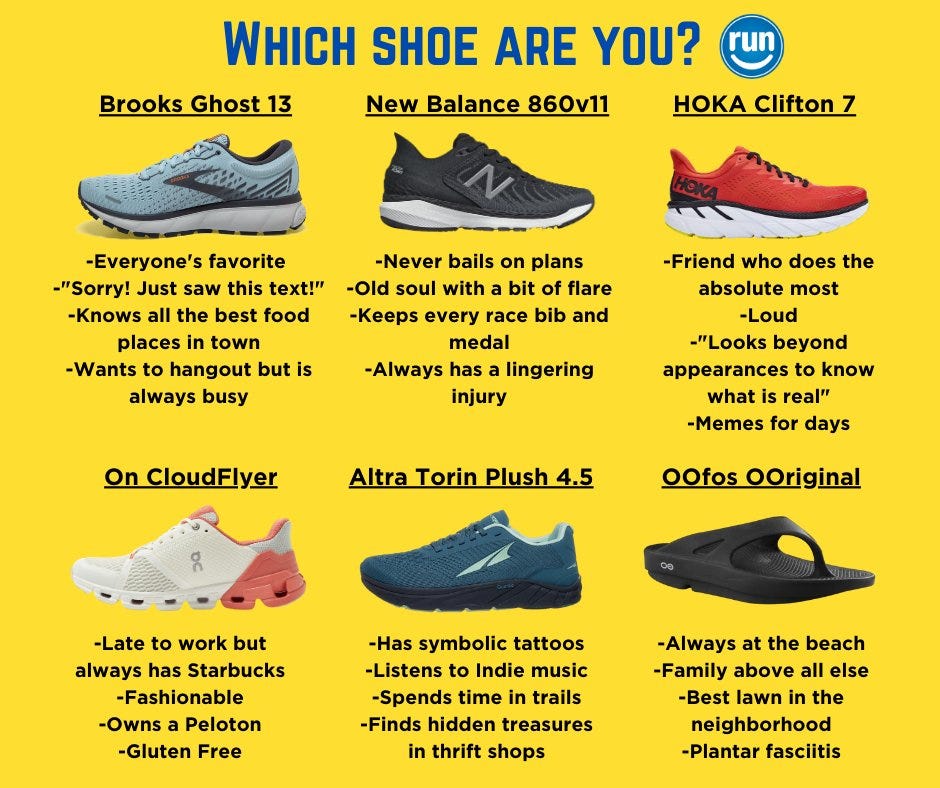
Types of Running Shoes
Different types of running shoes are designed for various purposes. Here’s a brief overview:
- Road Running Shoes: Designed for pavement, they generally last around 300-500 miles.
- Trail Running Shoes: Built for rugged terrain, they may wear out slightly faster due to the challenging environment.
- Track Shoes: Typically made for short distances and speed work, these may have a shorter lifespan due to being lighter and less cushioned.
- Stability Shoes: Made for overpronators, these might last slightly longer due to added support and denser materials.
Real-World Footwear Experiences and Case Studies

Let’s delve into some real-world experiences from runners who have tracked their shoe mileage and the effects they have observed:
Case Study 1: The Everyday Runner
Avid runner Sarah logs approximately 30 miles a week, primarily on pavement. She opts for neutral road shoes and typically replaces them every 400 miles. “At around 350 miles, I start feeling a noticeable difference in cushioning. By 400 miles, I can’t ignore the discomfort during long runs,” Sarah explains.
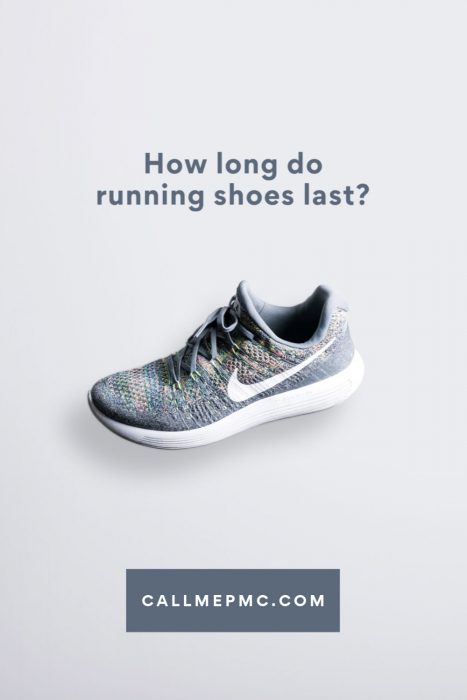
Case Study 2: The Trail Enthusiast
John, who runs on trails, has a different experience. He uses trail-specific shoes that he changes every 250 miles. “The rough surfaces really chew up my shoes fast. I’ve learned the hard way to check the tread and cushioning regularly,” John comments.
Case Study 3: The Competitive Runner
Emma, a competitive marathon runner, tracks her shoe mileage meticulously. She uses a combination of shoes for different training phases. Her long-distance trainers last 500 miles, but her race shoes need to be replaced after just 200 miles due to the lighter materials used for speed.
These experiences illustrate how diverse running habits and shoe choices can lead to different replacement schedules. Pay attention to your own body and how your shoes feel to determine the best timeline for you.
Tips to Extend the Lifespan of Your Running Shoes
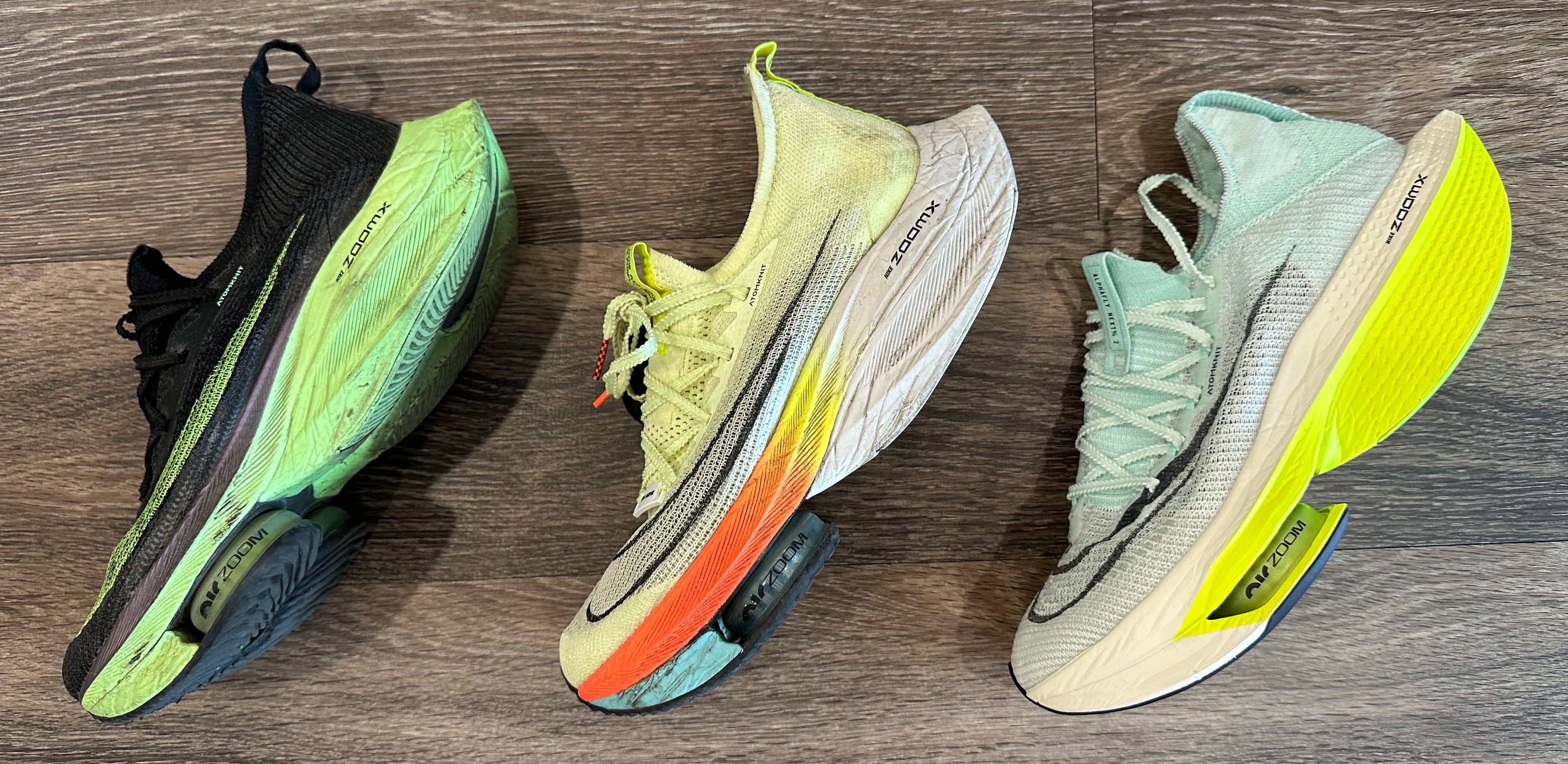
Your running shoes are an investment. Here are some tips to help you get the most mileage out of them:
Rotate Your Shoes
Consider having at least two pairs of running shoes and rotating them. This allows each pair to decompress between runs and helps the materials recover, extending their overall lifespan.
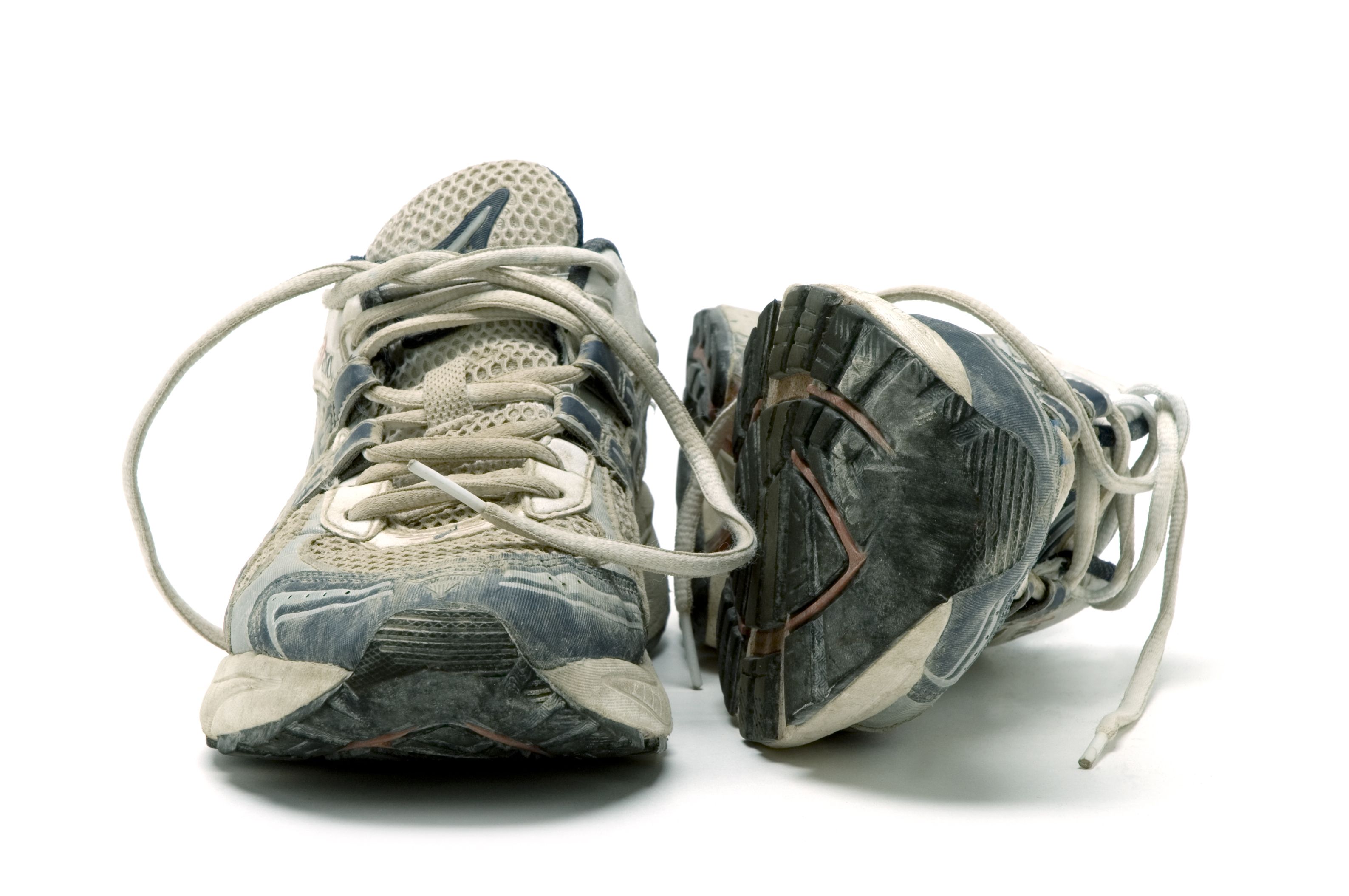
Keep Them Clean
After muddy or wet runs, it’s essential to clean your shoes. Avoid washing them in a machine; instead, gently rinse them with water and brush off excess dirt. This helps maintain the integrity of the materials.
Avoid Overtraining
Take care of your body and give yourself rest days. Excessive mileage can not only wear down your shoes faster but also increase the risk of injury.

Store Them Properly
Keep your running shoes in a cool, dry place. Avoid leaving them in hot cars or damp areas, as both can lead to material breakdown.
Comparison Table of Shoe Types and Their Lifespans
| Shoe Type | Average Lifespan (Miles) | Pros | Cons |
|---|---|---|---|
| Road Running Shoes | 300-500 | Lightweight, good cushioning | Wear quickly on rough terrain |
| Trail Running Shoes | 250-400 | Durable, good traction | Heavy, limited breathability |
| Track Shoes | 200-300 | Designed for speed | Less cushioning, not for long runs |
| Stability Shoes | 400-600 | Supportive for overpronators | Can be heavy |
Product Highlights: Best Running Shoes for Different Needs
Picking the right shoe for your specific needs can significantly impact your running experience and the longevity of your footwear. Here are some highly recommended models based on runner reviews:
Best Road Running Shoe: Nike Air Zoom Pegasus 39
This versatile shoe is praised for its balance of cushioning and responsiveness, lasting around 400-500 miles. Runners love its comfort for long distances.
Best Trail Running Shoe: Salomon Speedcross 5
A favorite among trail runners, the Speedcross 5 offers exceptional grip and durability, typically lasting around 350 miles. Its rugged design excels on uneven terrain.
Best Stability Shoe: ASICS Gel-Kayano 29
Well-known for its support and comfort, the Gel-Kayano 29 is a top choice for overpronators. It can last up to 600 miles, making it a great investment.
Best Lightweight Track Shoe: Saucony Endorphin Pro 3
This race shoe is designed to help you achieve personal bests. It’s super lightweight and provides a propelling feeling but should be replaced after about 200 miles.
Pros and Cons of Running Shoe Replacement
Replacing your running shoes has both advantages and disadvantages. Here’s a breakdown:
Pros
- Improved Performance: New shoes offer better cushioning and support.
- Reduced Injury Risk: Old shoes can lead to discomfort and potential injuries.
- Enhanced Comfort: A fresh pair can feel significantly better than worn-out shoes.
Cons
- Cost: High-quality running shoes can be a significant investment.
- Adjustment Time: New shoes often require a period of adjustment to get used to them.
- Environmental Impact: Frequent replacements contribute to waste.
Frequently Asked Questions (FAQs)
1. How can I tell when my running shoes need to be replaced?
Signs to look for include visible wear on the outsoles, reduced cushioning, and discomfort during runs. If you experience aches and pains that weren’t present before, it may be time for a new pair.
2. Can I wear running shoes for everyday use?
Yes, but keep in mind that the mileage you put on them during casual wear will count towards their lifespan. It’s best to reserve them for running or exercise if you want them to last longer.
3. Are expensive running shoes worth it?
Often, more expensive shoes offer enhanced technology, better materials, and improved comfort. However, it ultimately depends on individual needs and preferences. Test them out before investing.
4. Can I run in shoes that are past the recommended mileage?
While it’s possible, running in shoes that have exceeded their recommended mileage increases the risk of injury and discomfort. Always listen to your body and replace them if you feel the signs of wear.
5. Do different types of running shoes differ in longevity?
Yes, different shoe types are designed for specific purposes, leading to variations in lifespan. For example, track shoes tend to wear out quicker than road shoes due to their lightweight design.
6. What’s the best way to track my shoe mileage?
Consider using a running app or a simple notebook to log your runs. Some apps also allow you to track the mileage of multiple pairs of shoes.
7. Is it important to break in new running shoes?
Yes! Gradually breaking in new shoes helps prevent blisters and discomfort. Start with shorter runs before committing to longer distances.
8. How can I make my running shoes last longer?
Rotate between multiple pairs, keep them clean, and store them properly. Avoid running on rough terrain if your shoes aren’t designed for it.
9. What should I do with my old running shoes?
Consider donating them to charities, recycling them, or using them for casual wear. Some brands even have recycling programs to reduce waste.
10. Can running shoes be repaired?
Minor repairs like fixing the sole can be done, but for major issues or significant wear, it’s usually better to invest in a new pair. However, check with a local shoe repair shop for options.
Conclusion: Take Care of Your Feet
In conclusion, understanding how many miles you can get out of your running shoes is crucial for maintaining your performance, comfort, and health as a runner. By paying attention to the signs of wear and following best practices for maintenance, you can extend the life of your footwear. Remember, your shoes deserve just as much care as your running routine. Happy running!